Imagine pulling up to your favorite drive-thru, only to find your go-to fries, nuggets, or frosty milkshake missing from the menu. Under RFK Jr.’s proposed nationwide crackdown on synthetic food additives, this scenario could become a reality sooner than you think. From caramel-colored sodas to crisp hash browns, many fast food staples rely on artificial preservatives, dyes, and flavor enhancers to keep them looking and tasting the way we love. But what’s the cost to our health? As America faces a potential fast food shake-up, here are 22 beloved items that might disappear if this ban moves forward.
1. Crispy Chicken Nuggets
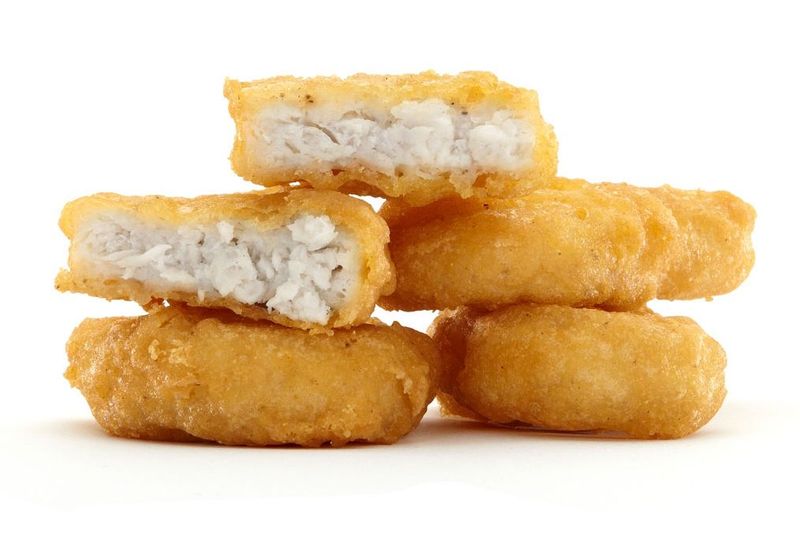
Bite-sized chicken nuggets maintain their juicy interior and crispy exterior thanks to a chemical arsenal. Phosphates prevent moisture loss during freezing and reheating, while flavor enhancers in the breading create that distinctive savory taste children crave.
The uniform shape and texture consumers expect comes from processing aids that bind ground chicken into consistent pieces. Without these additives, nuggets would dry out quickly, taste bland, and fall apart more easily.
Fast food chains would need to completely reimagine this kid-friendly staple, potentially using fresher ingredients with shorter shelf life – dramatically increasing costs and preparation time.
2. Pillowy Burger Buns
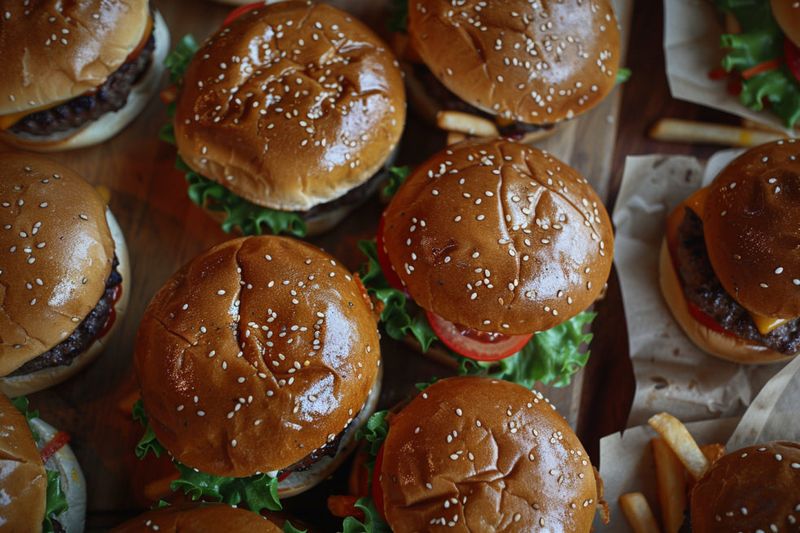
The impossibly soft, perfectly round burger buns that cradle fast food patties stay fresh for weeks thanks to calcium propionate, a preservative that prevents mold growth. L-cysteine, an amino acid often derived from duck feathers or human hair, gives dough that stretchy quality for uniform shaping.
Azodicarbonamide, once used in yoga mats, creates tiny air bubbles for that pillowy texture. These chemical helpers ensure buns maintain their signature squishiness despite mass production and long distribution chains.
Natural alternatives would likely result in denser, less uniform buns with dramatically shorter shelf lives – a logistical nightmare for chains shipping nationwide.
3. Creamy Milkshakes
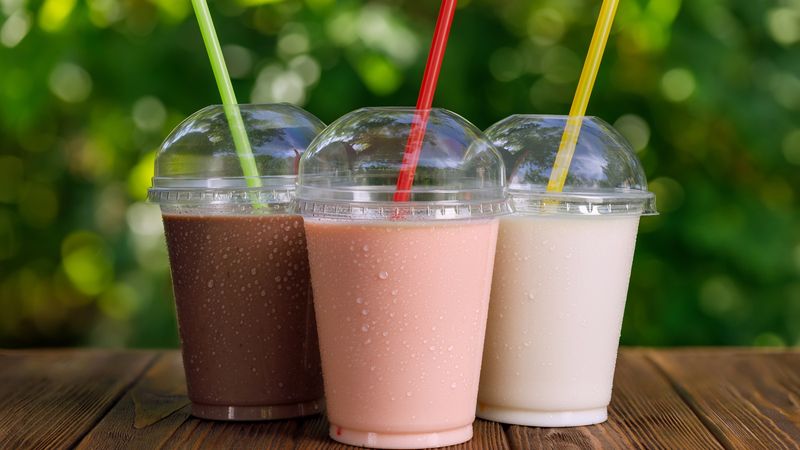
Those thick, sweet milkshakes maintain their velvety consistency through an elaborate mix of stabilizers and sweeteners. High-fructose corn syrup provides intense sweetness at a fraction of sugar’s cost, while carrageenan prevents separation during storage.
The vibrant flavors like strawberry and vanilla? Entirely artificial compounds designed in laboratories to withstand freezing temperatures. Even the creamy mouthfeel comes from cellulose gum rather than actual dairy fat.
Without these chemical helpers, fast food shakes would require real ice cream and fresh ingredients – dramatically increasing costs and preparation time while reducing shelf life from weeks to mere days.
4. Golden French Fries
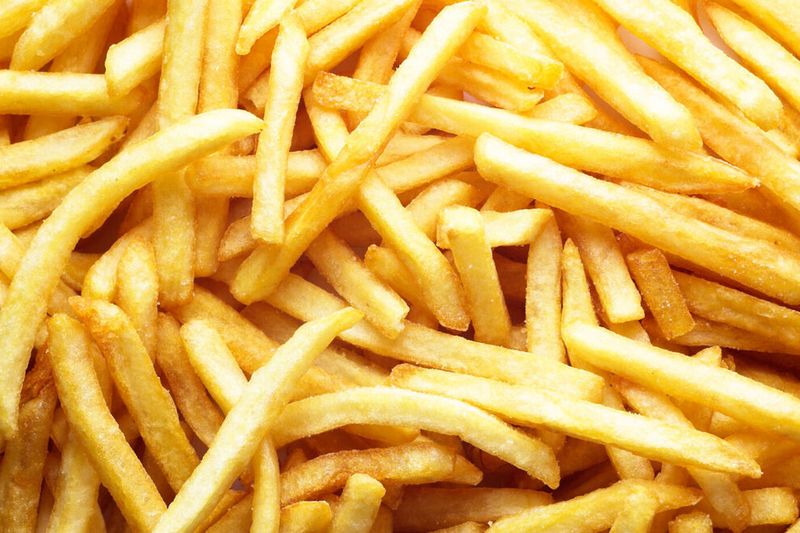
Those perfectly golden, crispy fries from your favorite drive-thru depend on more than just potatoes and oil. Behind that consistent texture lurks dimethylpolysiloxane, an anti-foaming agent that prevents dangerous oil splatter during frying.
The signature golden color? That comes from dextrose, a sugar coating applied before freezing. These additives ensure every batch maintains that photo-perfect appearance and satisfying crunch customers expect.
Without these chemical helpers, fast food chains would struggle to produce millions of identical fry servings daily, potentially resulting in inconsistent, less appealing products that might not survive the delivery trip home.
5. Flavored Coffee Concoctions
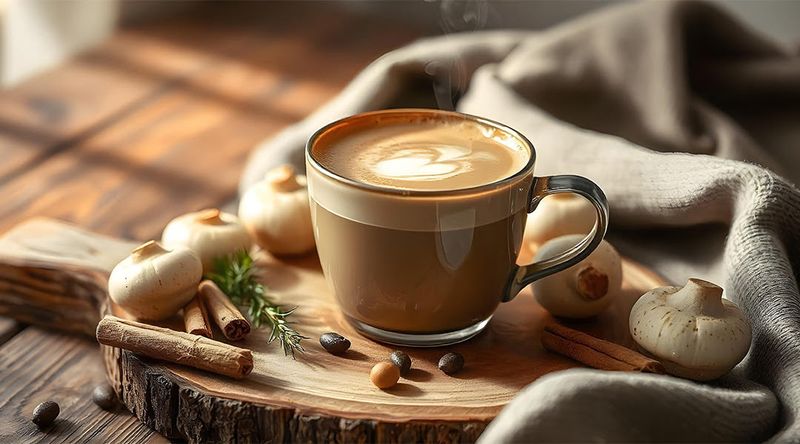
Morning coffee runs might never be the same without the chemical cocktail that creates those caramel-drizzled, vanilla-infused coffee drinks. The flavor syrups contain propylene glycol to prevent separation and artificial flavor compounds that mimic expensive natural ingredients.
The whipped topping? Stabilized with diglycerides and preserved with potassium sorbate. Even the caramel color often comes from 4-methylimidazole, a potential carcinogen formed during manufacturing.
Natural alternatives would cost significantly more, separate quickly in hot beverages, and require refrigeration – making the convenient grab-and-go coffee experience nearly impossible to maintain at current price points.
6. Signature Fried Chicken
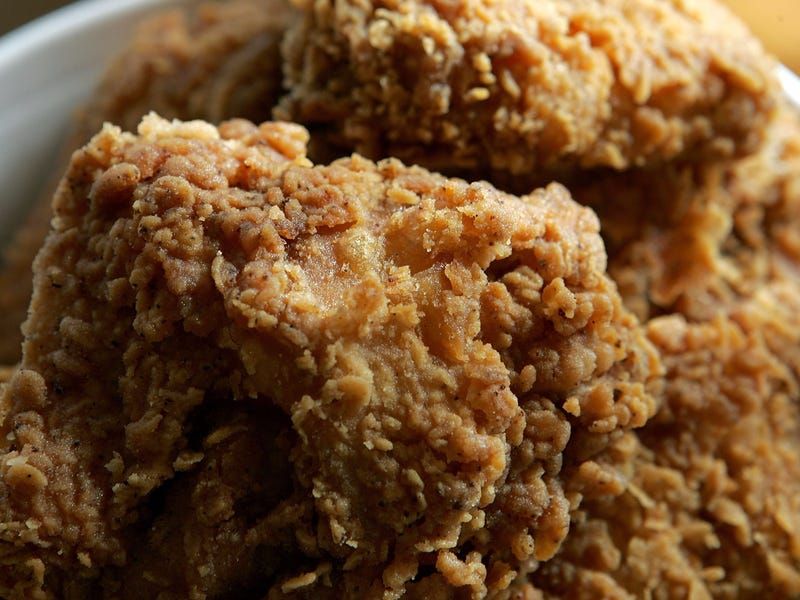
Famous fried chicken chains rely on monosodium glutamate (MSG) to create that distinctive savory flavor that keeps customers coming back. The spice blends contain anti-caking agents like silicon dioxide, while the marinade often includes sodium phosphates to retain moisture during frying.
The consistent golden color comes from caramel color additives rather than perfect cooking technique. Even the oil contains dimethylpolysiloxane to prevent dangerous foaming during continuous frying.
Without these additives, chicken would require more skilled preparation, taste less intensely savory, and vary more in appearance – potentially damaging brand identity built around consistency.
7. Breakfast Hash Browns
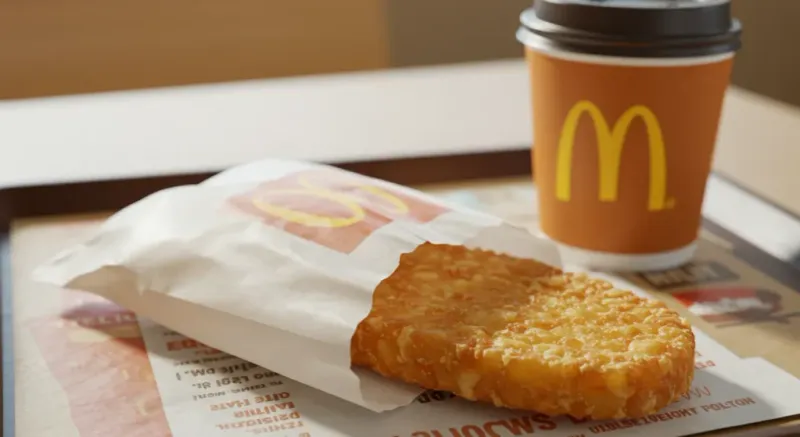
Those crispy morning hash browns maintain their appetizing appearance thanks to sodium acid pyrophosphate, which prevents the potatoes from turning an unappetizing gray color after cooking. Dextrose provides the perfect golden-brown exterior during flash frying.
The oils they’re fried in contain TBHQ (tertiary butylhydroquinone), a petroleum-derived preservative that prevents rancidity. Even the salt mixture contains anti-caking agents to ensure consistent flow during manufacturing.
Natural alternatives would result in less visually appealing products that spoil faster and cook less consistently – potentially ruining the convenient breakfast experience millions rely on.
8. Fountain Sodas
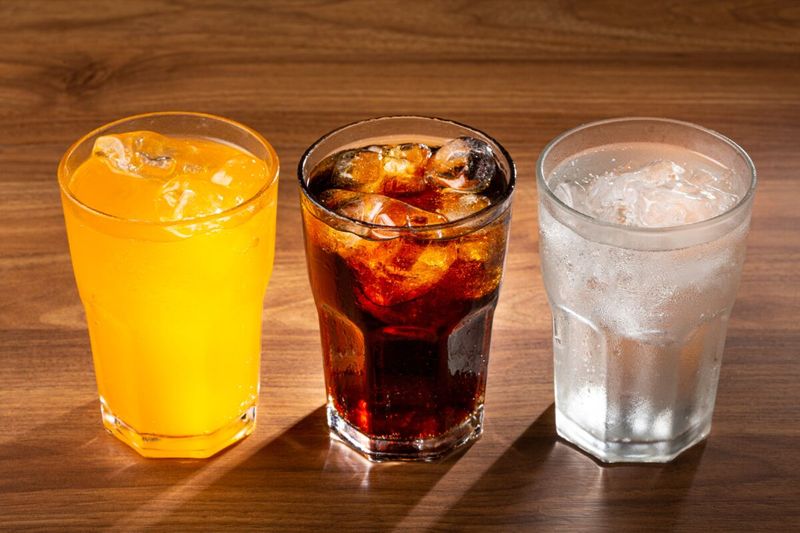
Fountain sodas deliver that perfect sweet fizz through an elaborate chemical formula. High-fructose corn syrup provides sweetness at lower cost than sugar, while phosphoric acid creates tartness and acts as a preservative.
The caramel coloring in colas contains 4-methylimidazole, while the vibrant hues of orange and grape sodas come from Yellow 5 and Red 40. Sodium benzoate prevents bacterial growth in the syrup concentrate.
Without these additives, sodas would require refrigeration, spoil quickly, taste less intensely sweet, and cost significantly more – potentially ending the era of unlimited refills that consumers have come to expect.
9. Morning Breakfast Sandwiches
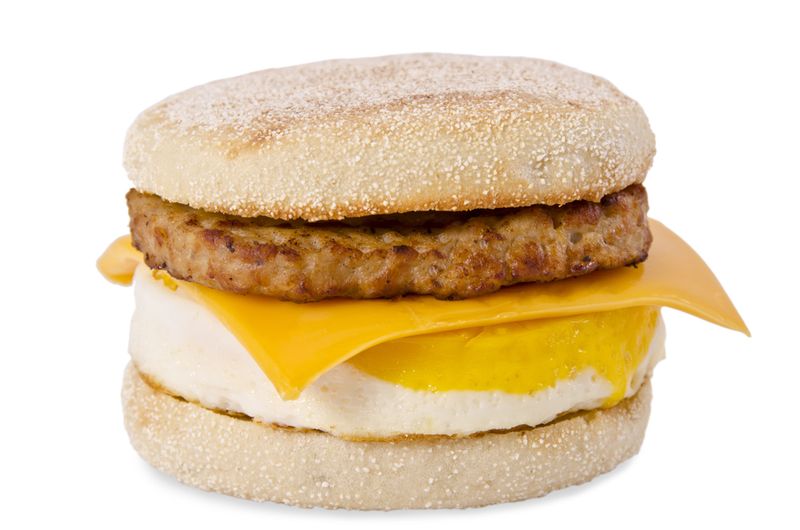
Breakfast sandwiches pack a surprising number of additives into one handheld meal. The English muffins contain dough conditioners like azodicarbonamide, while the eggs are often not whole eggs but a mixture containing xanthan gum and modified food starch.
The cheese slices include sodium citrate for perfect melting, and the sausage patties contain BHA/BHT to prevent spoilage. Even the butter-flavored spread contains artificial flavors rather than actual butter.
Natural alternatives would dramatically increase costs and preparation time while reducing shelf life – potentially making the quick breakfast stop impossible at current price points.
10. Melty Processed Cheese
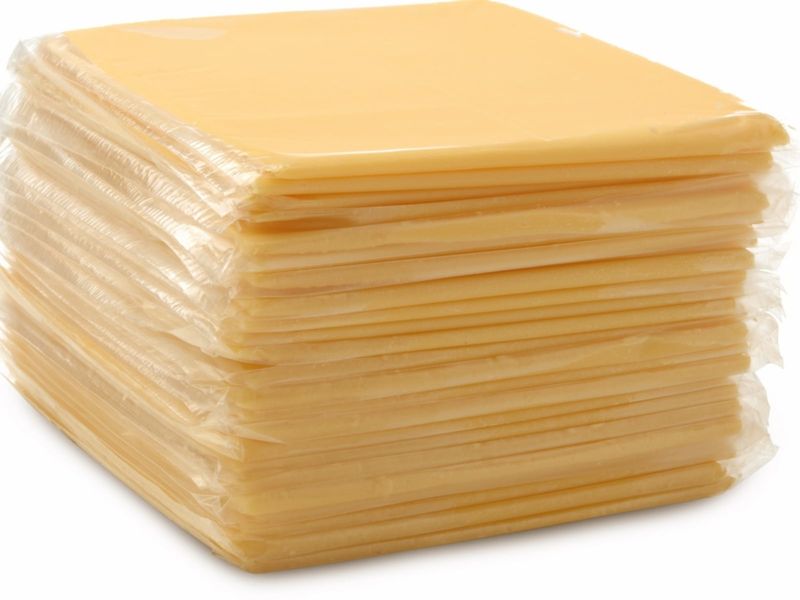
That perfectly melty cheese on fast food burgers isn’t actually cheese by traditional definitions. These processed slices contain sodium phosphates and citrates that create the ideal melt without separating into oils and solids like natural cheese.
The vibrant orange color comes from annatto or artificial colors, not natural aging. Sorbic acid prevents mold growth during long storage periods at room temperature.
Without these chemical modifications, chains would need refrigerated natural cheese that melts unpredictably, costs more, and expires faster – potentially ruining the consistent burger experience that defines these brands. The gooey cheese pull seen in advertisements would become nearly impossible to guarantee.
11. Soft Serve Ice Cream
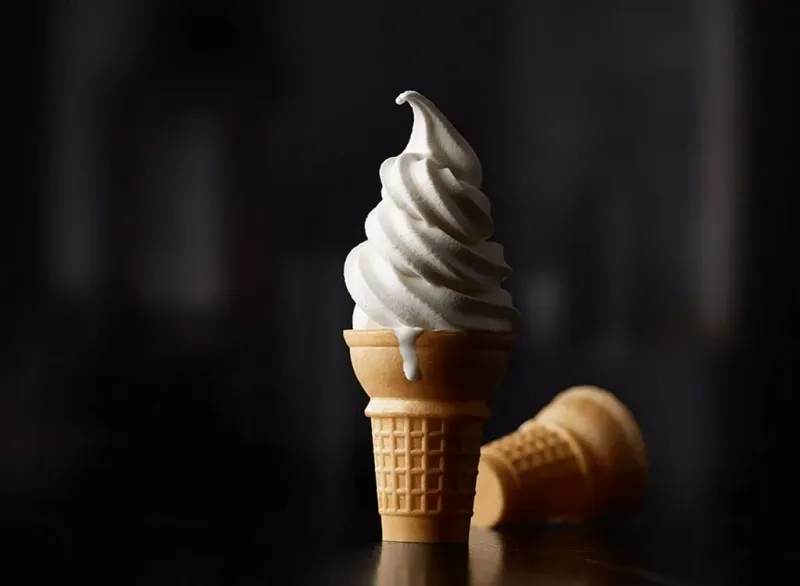
The swirly soft serve that tops sundaes and fills milkshakes contains surprisingly few dairy ingredients. Artificial flavors create that intense vanilla taste without expensive vanilla beans, while carrageenan and cellulose gum maintain the smooth texture.
Propylene glycol prevents ice crystal formation during storage. The creamy mouthfeel comes from vegetable oils rather than dairy fat, making the product cheaper and more shelf-stable.
Without these additives, chains would need real ice cream made from cream, milk, and sugar – dramatically increasing costs and requiring more specialized storage. The consistent swirl pattern would become harder to maintain, potentially damaging brand recognition built around that perfect cone.
12. Crunchy Taco Shells
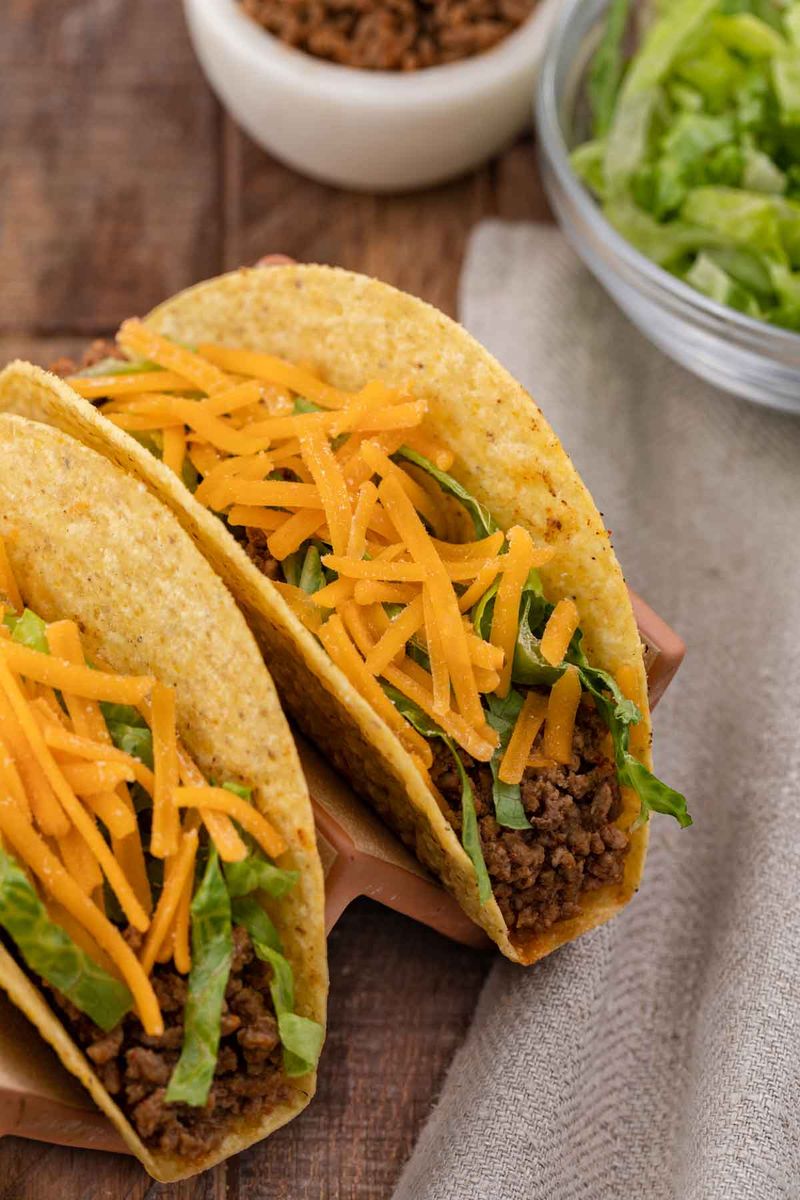
Fast food taco shells maintain their distinctive crunch and golden color through chemical preservation. TBHQ prevents the corn oils from turning rancid, while sodium metabisulfite preserves that fresh-fried appearance despite being manufactured weeks before consumption.
Yellow food coloring enhances the corn appearance, making shells look more appetizing under harsh restaurant lighting. Anti-caking agents in the corn flour ensure consistent texture during mass production.
Natural alternatives would shatter more easily during shipping and storage, become stale faster, and vary more in appearance – potentially ruining the reliable crunch that defines the fast food taco experience millions have come to expect.
13. Colorful Flavored Syrups
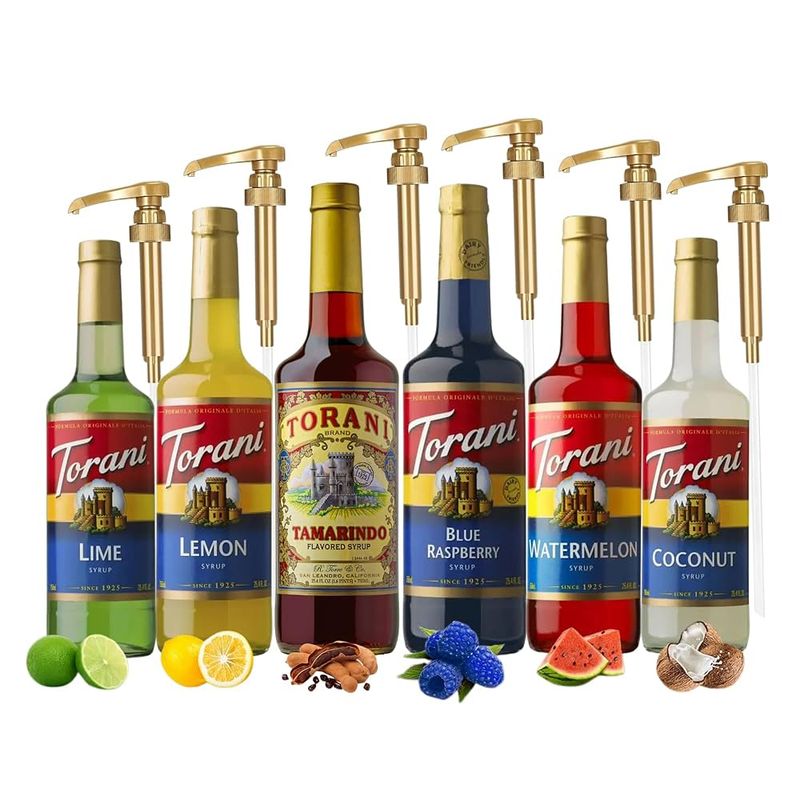
Those vibrant syrups that flavor everything from coffee to shakes depend on a chemical rainbow. The bright cherry red comes from Red 40, while the caramel color contains potentially concerning 4-methylimidazole.
Propylene glycol prevents separation and freezing, while potassium sorbate extends shelf life from days to months. The intense flavors come from artificial compounds designed to withstand heat and dilution.
Natural alternatives would cost substantially more, require refrigeration, and provide less intense flavor experiences. The vibrant colors that make these drinks so Instagram-worthy would fade quickly, potentially making the products less appealing to younger consumers who share their purchases on social media.
14. Packaged Salad Dressings
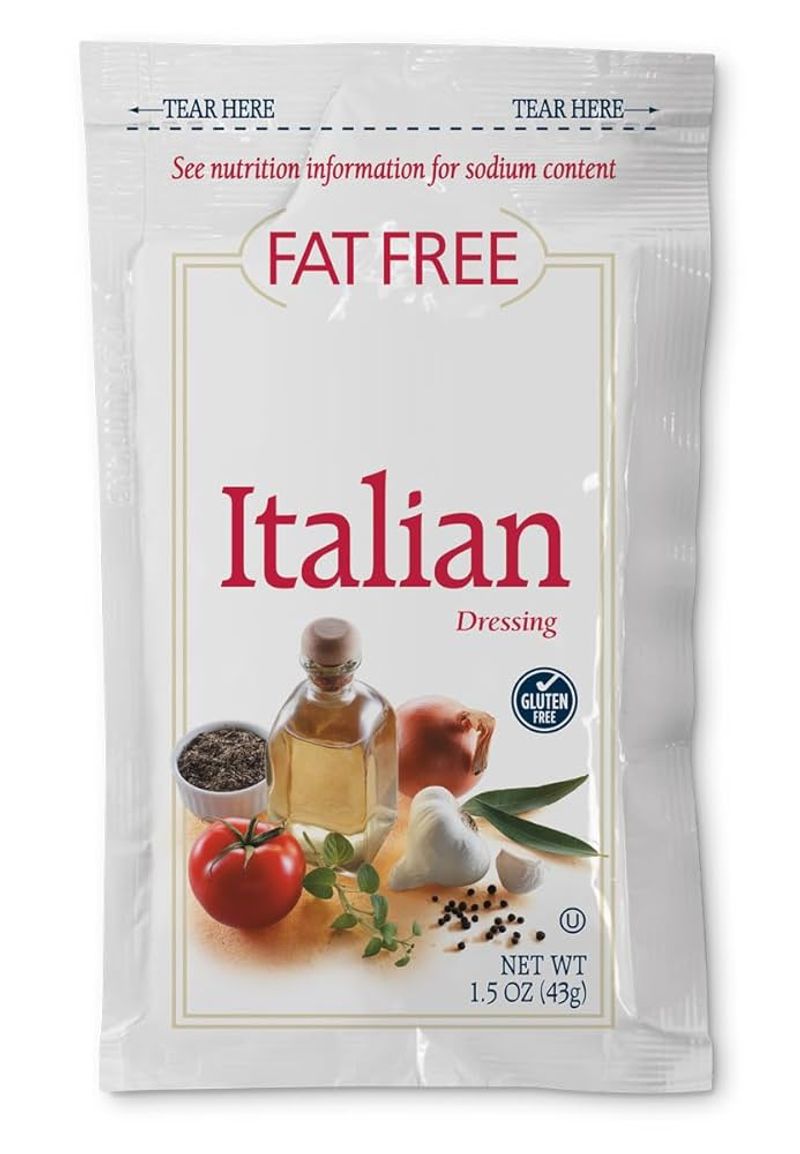
Those convenient salad dressing packets contain an arsenal of preservatives and stabilizers. Calcium disodium EDTA prevents oxidation and rancidity, while xanthan gum maintains the perfect pourable consistency.
Artificial flavors create that distinctive ranch or Italian taste without expensive herbs and spices. Potassium sorbate ensures the dressings remain safe at room temperature for months rather than days.
Without these additives, chains would need refrigerated dressings with shorter shelf lives and more expensive ingredients – dramatically increasing costs and waste while creating storage challenges. The consistent flavor profiles customers expect would vary more with seasonal ingredient changes.
15. Battered Onion Rings
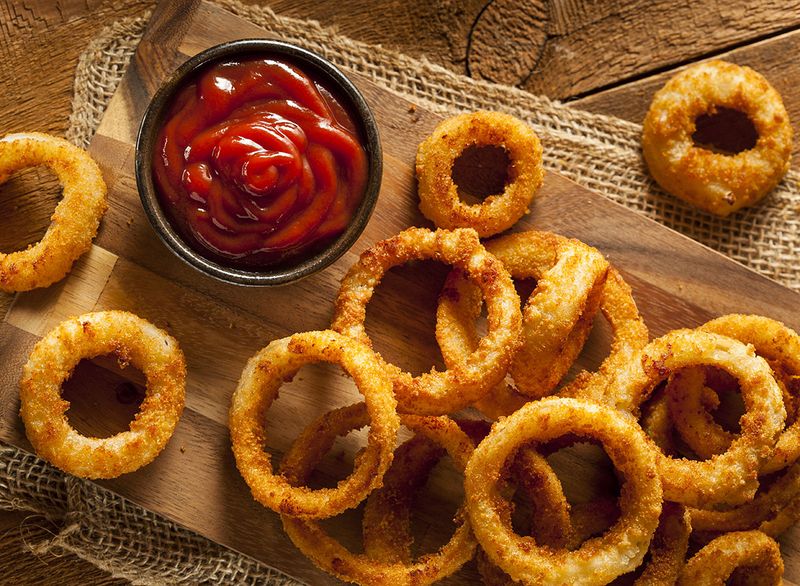
Those perfectly golden, crispy onion rings maintain their appealing appearance through chemical assistance. The batter contains sodium aluminum phosphate and sodium acid pyrophosphate as leavening agents rather than natural yeast.
TBHQ prevents the oil from turning rancid during long storage periods. The consistent golden color comes from caramel coloring and dextrose that promotes even browning.
Without these additives, onion rings would require fresh preparation rather than reheating frozen products, creating significant labor and equipment challenges for fast food operations. The consistent crunch and appearance that defines the product would vary more, potentially disappointing customers who expect identical experiences with every visit.
16. Colorful Breakfast Cereals
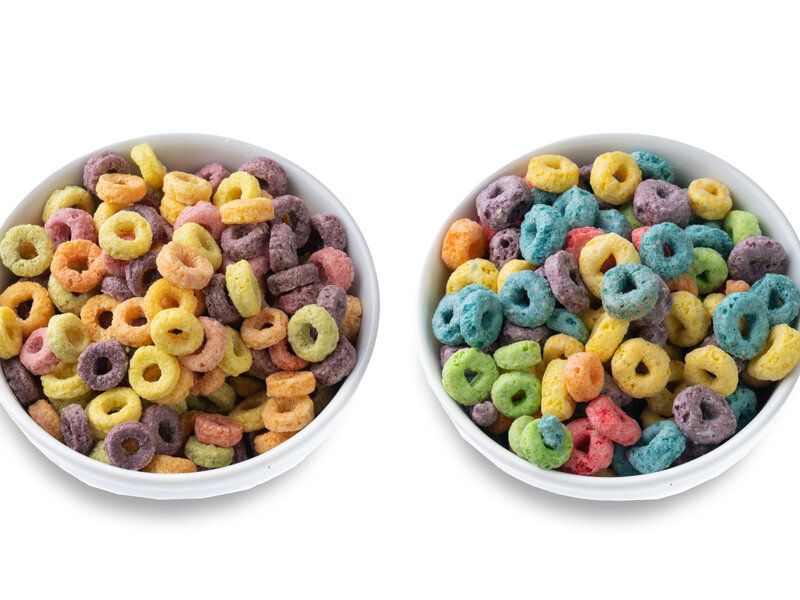
Those brightly colored cereal pieces sold as breakfast sides get their eye-catching hues from artificial dyes like Yellow 5, Blue 1, and Red 40. BHT prevents the oils in the cereal from turning rancid during long shelf life.
The perfect spherical or loop shapes? Created through extrusion processes requiring modified starches and gums. The sweet coating contains artificial flavors designed to withstand milk immersion without dissolving immediately.
Natural alternatives would fade in color quickly, cost substantially more, and have shorter shelf lives – making them impractical for fast food operations that prioritize consistency and convenience over natural ingredients.
17. Chocolate Chip Cookies
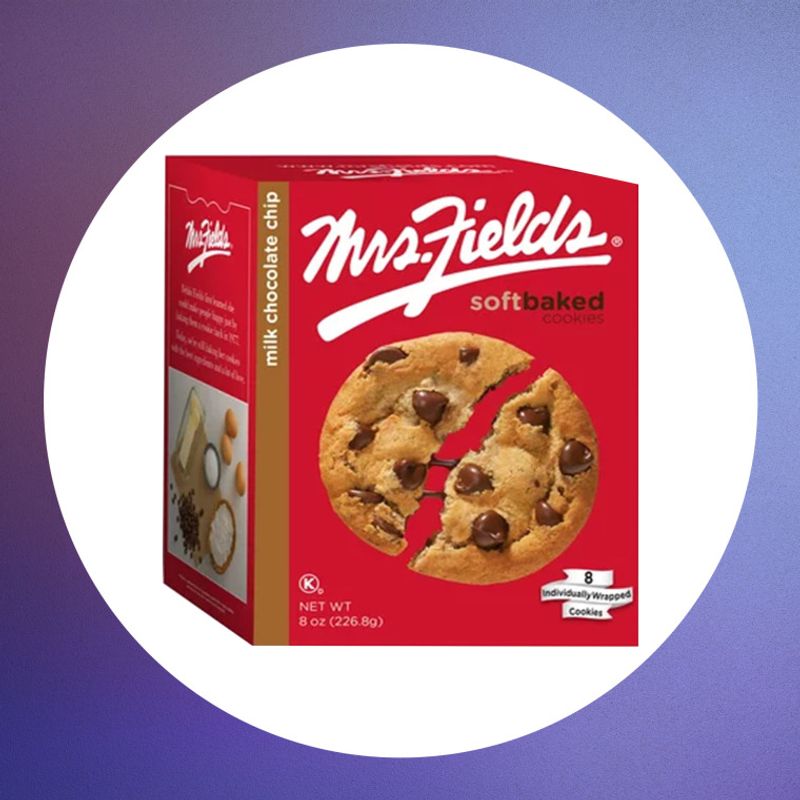
Those perfectly chewy fast food cookies maintain their texture for weeks through chemical preservation. TBHQ and BHT prevent the fats from turning rancid, while sodium benzoate inhibits mold growth.
The chocolate chips contain emulsifiers like PGPR rather than expensive cocoa butter. Even the vanilla flavor comes from artificial vanillin instead of real vanilla extract.
Without these additives, cookies would harden within days rather than weeks, require refrigeration, and cost significantly more to produce with real butter and chocolate. The consistent appearance and texture that makes these treats so recognizable would vary more, potentially damaging brand identity built around reliability.
18. Dipping Sauces
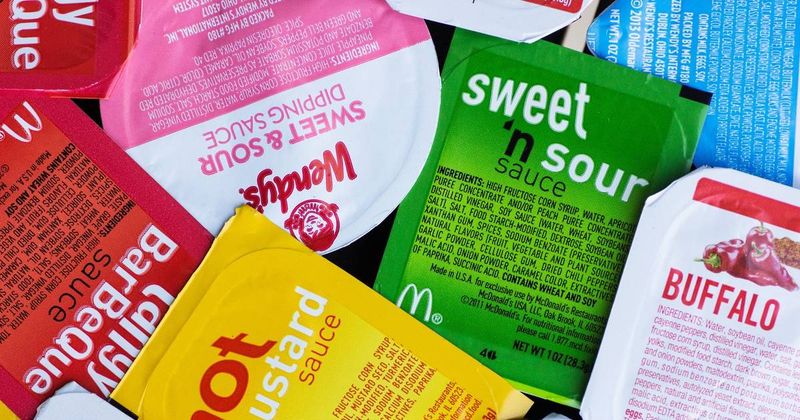
Those colorful sauce packets contain more chemistry than cooking. Sweet and sour sauce gets its vibrant orange-red from Red 40, while BBQ sauce contains caramel color with potentially concerning 4-methylimidazole.
Modified food starch creates that perfect dippable consistency without separation. Sodium benzoate and potassium sorbate allow these sauces to remain shelf-stable for months at room temperature.
Without these additives, sauces would require refrigeration, separate more easily, and expire within weeks rather than months – creating significant storage and waste challenges for restaurants. The consistent flavor profiles customers expect would require more expensive natural ingredients and more frequent production.
19. Caffeinated Energy Drinks
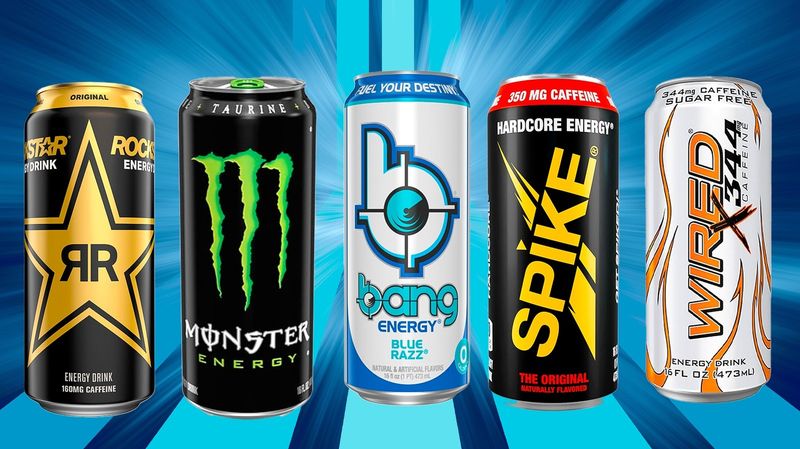
Those energy-boosting beverages sold alongside value meals pack a chemical punch beyond just caffeine. The electric blue and neon green colors come from artificial dyes like Blue 1 and Yellow 5, while the sparkling clarity comes from brominated vegetable oil in some formulations.
Sodium benzoate preserves freshness, while taurine and synthetic caffeine create the energy boost. The sweet-tart flavor profile relies on artificial sweeteners and acidulants rather than fruit juice.
Natural alternatives would cost substantially more, require refrigeration, and provide less intense flavor and color experiences – potentially making these products less appealing to their target market of young consumers looking for maximum impact.
20. Breakfast Meat Products
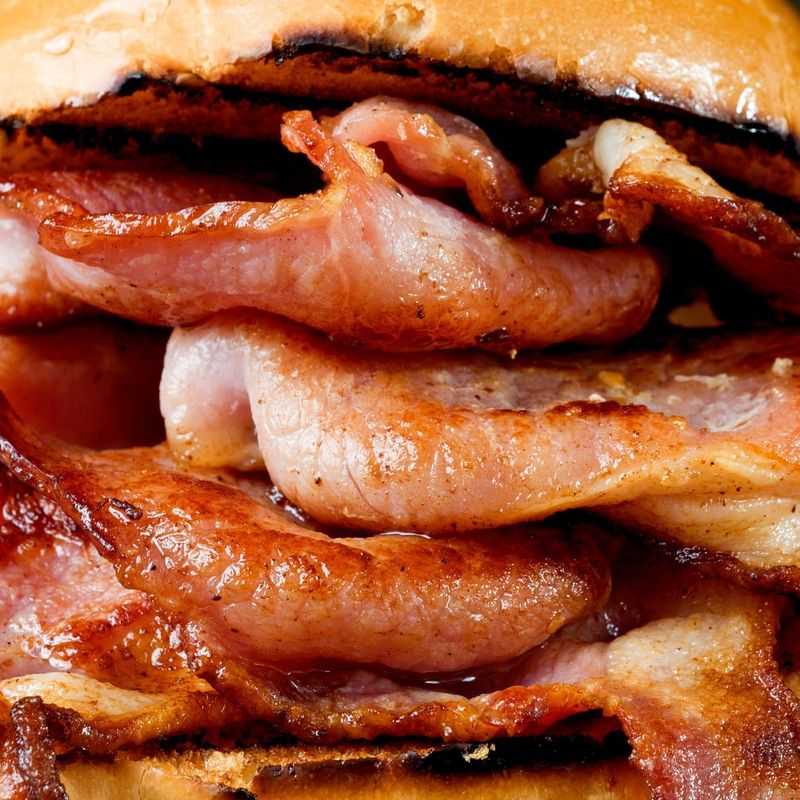
Those perfectly round sausage patties and uniformly crisp bacon strips rely on a preservation arsenal. Sodium nitrite prevents bacterial growth and maintains that appealing pink color, while BHA/BHT prevents oxidation during long frozen storage.
Disodium inosinate and guanylate enhance savory flavors, making less expensive meat cuts taste more premium. Even the smoke flavor often comes from liquid additives rather than actual smoking.
Without these additives, breakfast meats would require refrigeration rather than freezing, expire much faster, and cost significantly more – potentially making the quick-service breakfast model unsustainable at current price points. The consistent appearance customers expect would vary more with natural alternatives.
21. Frozen Slush Beverages
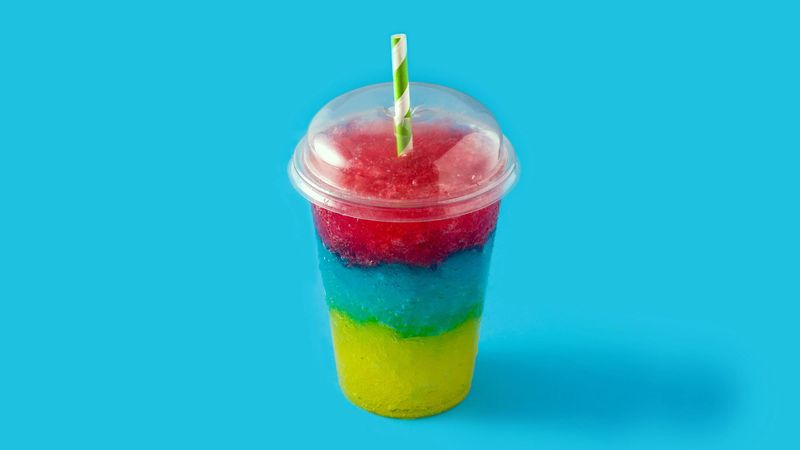
Those brightly colored frozen slush drinks get their eye-popping hues from artificial dyes like Blue 1, Red 40, and Yellow 5. The intense fruit flavors come from artificial compounds rather than actual fruit juice, which would be significantly more expensive.
Propylene glycol prevents complete freezing, maintaining that signature slushy texture. Sodium benzoate and potassium sorbate prevent microbial growth in a product that would otherwise be an ideal breeding ground.
Without these additives, slush drinks would require real fruit, cost substantially more, and separate quickly into ice and liquid layers – ruining the consistent experience that makes these treats so popular, especially during summer months.
22. Flavored French Fry Varieties
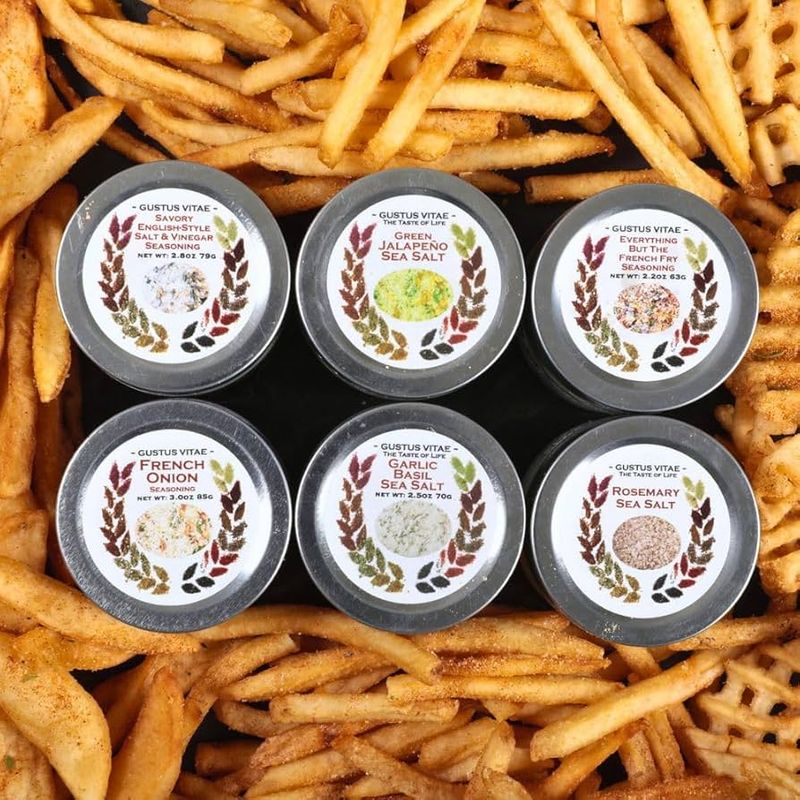
Those zesty, seasoned french fry variations get their bold flavors from more than simple spices. The seasoning blends contain artificial flavors, MSG derivatives like disodium inosinate, and anti-caking agents like silicon dioxide.
The vibrant orange-red color of spicy varieties often comes from paprika extractives and artificial colors rather than pure spices. Even the salt mixtures contain flow agents to ensure consistent application during manufacturing.
Without these additives, seasoned fries would clump more easily, have less intense flavors, and cost more to produce with pure spices. The consistent flavor experience that defines these products would vary more with natural alternatives, potentially disappointing customers who expect identical experiences with every order.
Leave a comment